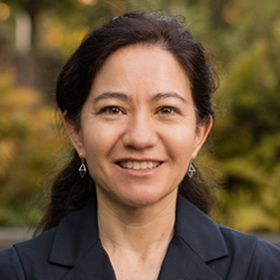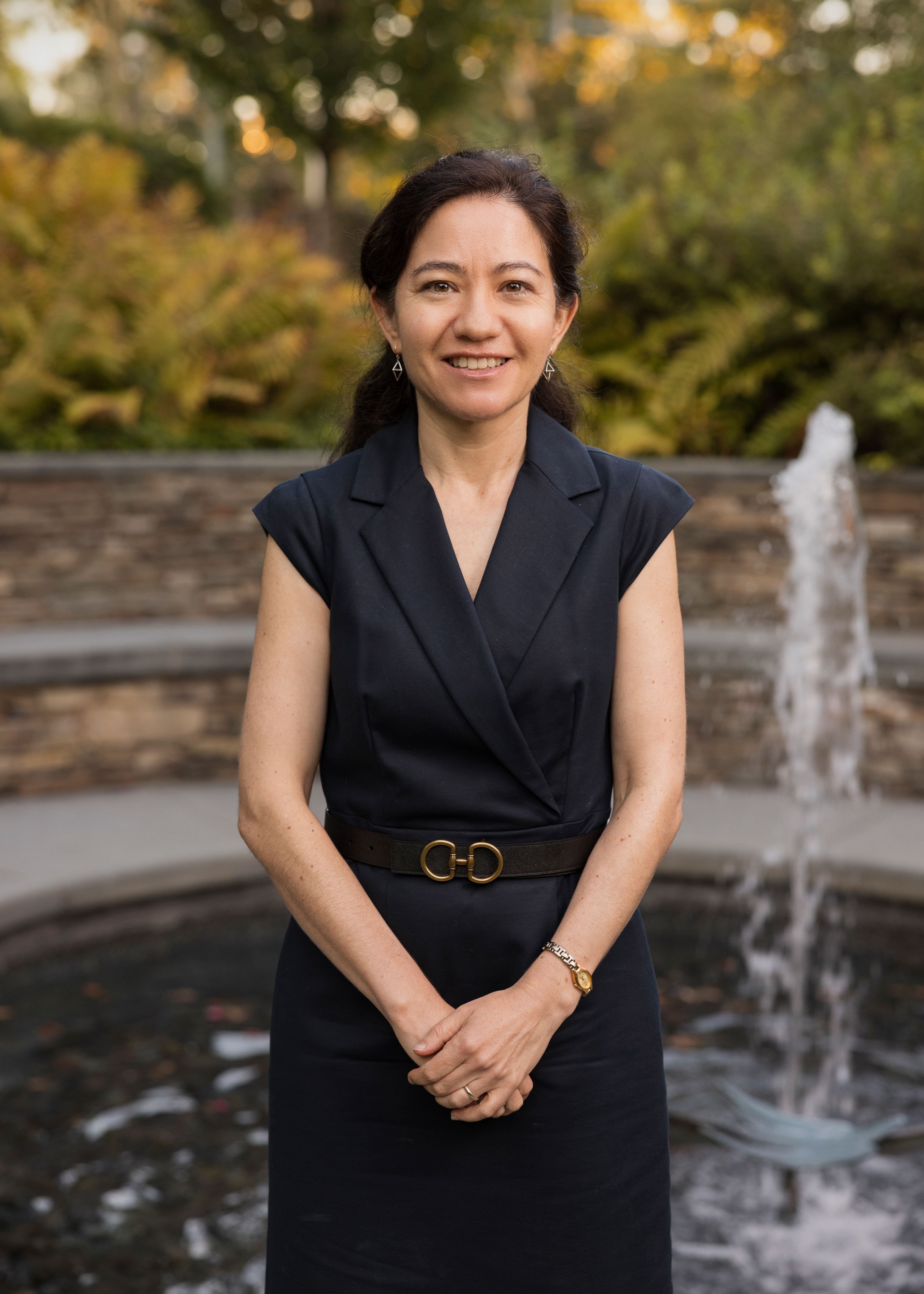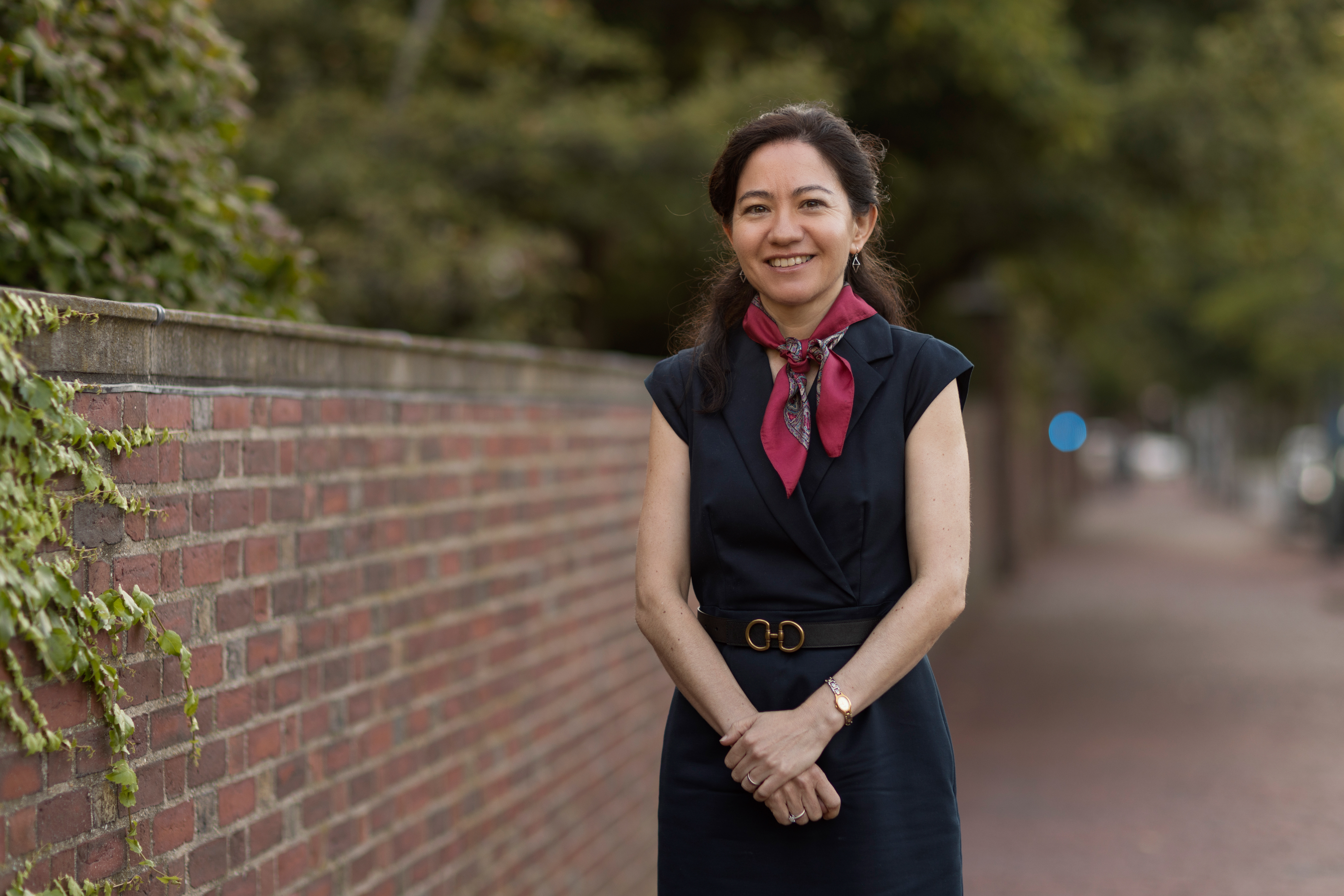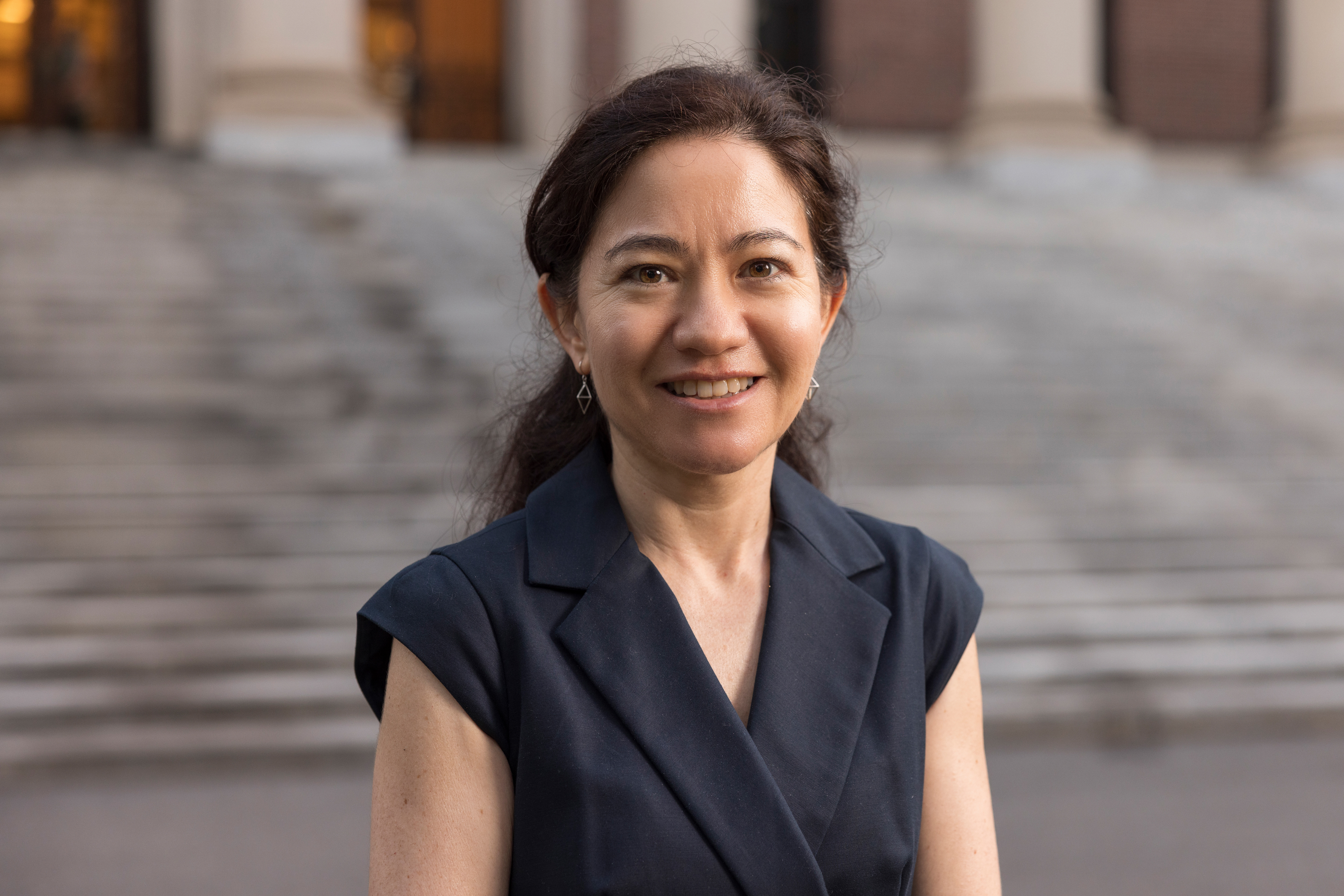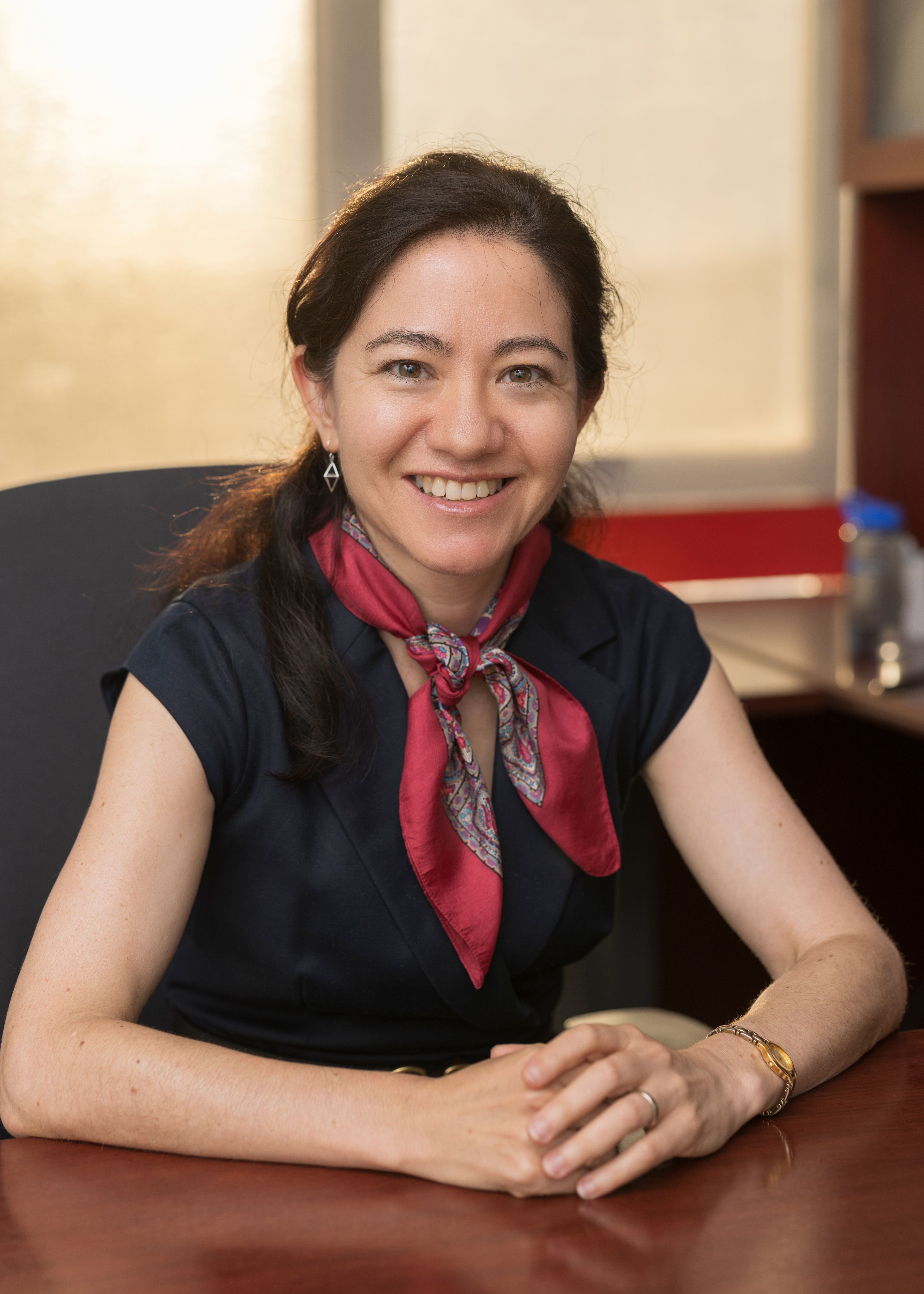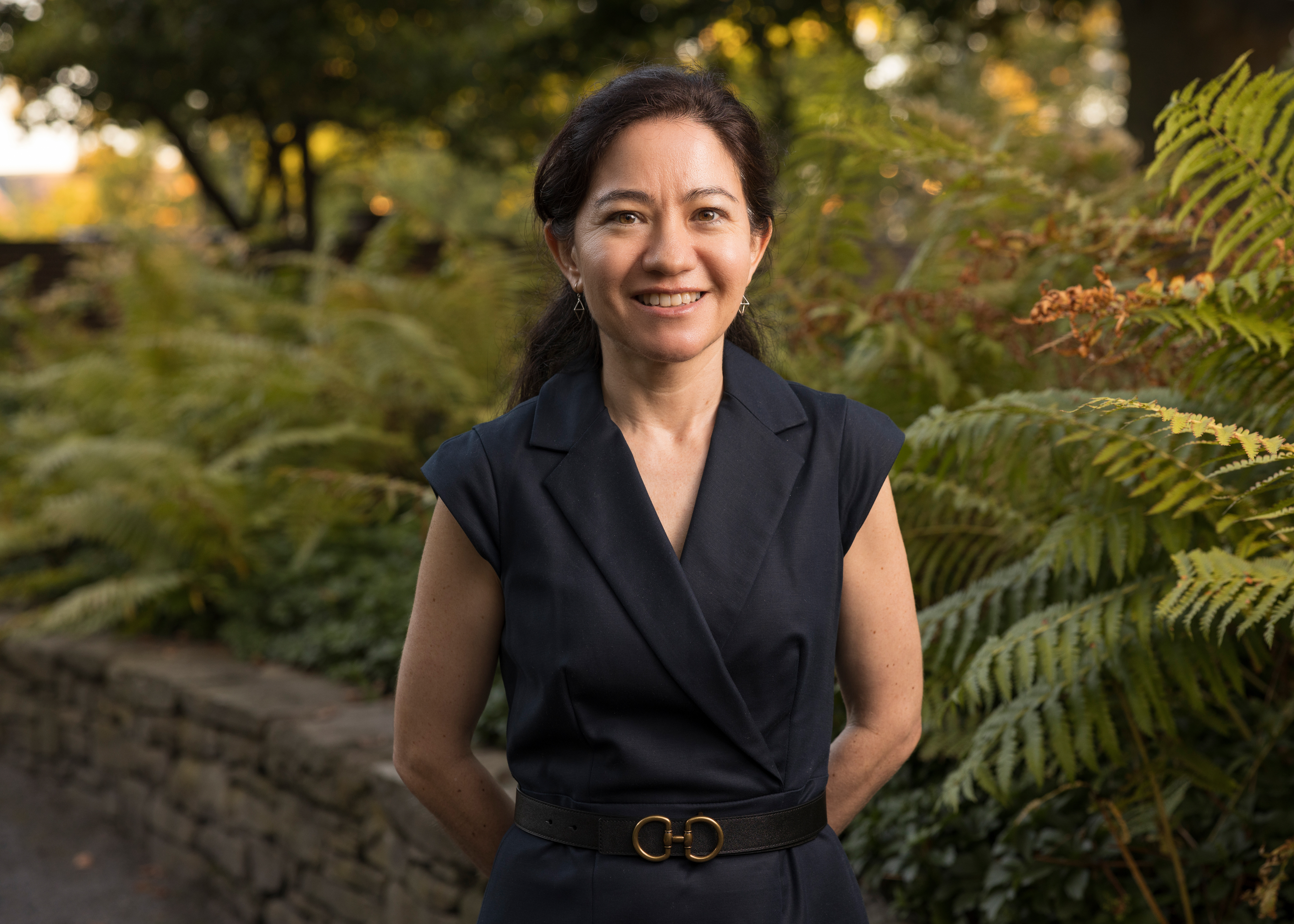About Lauren's Work
Lauren K. Williams is a mathematician elucidating unexpected connections between algebraic combinatorics and concepts in other areas of math and physics. Williams has made significant contributions to numerous mathematical fields, including cluster algebras, representation theory, and algebraic geometry. She has also forged cross-disciplinary collaborations to tackle long-standing and challenging problems in physics related to quantum field theory, particle physics, and wave propagation.
Broadly, algebraic combinatorics develops mathematical descriptions of the properties and relationships among a finite set of elements that can be combinatorially connected within a system. Much of Williams’s research centers on using combinatorial approaches to understand the nature of the positive Grassmannian. A Grassmannian is a geometric space that encompasses all of the multidimensional planes of a fixed dimension. The positive Grassmannian is the portion with only positive coordinates. In early work, Williams explored how points (formed by the multidimensional planes) in the positive Grassmannian divide it into cells—basically, the puzzle pieces that make it up. She determined several characteristics of the cells, including a formula for the number of different cells in a positive Grassmannian of any dimension. Williams has also uncovered new applications for the Grassmannian. She and a collaborator found correspondences between patterns of soliton wave interactions and points on the positive Grassmannian. Soliton waves are solitary waves that maintain their shape and speed as they move through space, like waves on a pond. Williams and her collaborator showed that the positive Grassmannian can describe how the peaks of soliton waves behave as they cross each other.
More recently, Williams has worked with mathematicians and particle physicists on applying the combinatorial properties of positive Grassmannians to calculate scattering amplitudes (the probabilities of different outcomes from collisions of fundamental particles). Williams has developed mathematical proofs for the amplituhedron, a geometric shape that embodies a possible outcome of a collision. She showed that the positive Grassmannian can be used to triangulate the amplituhedron and, therefore, understand its volume, which gives the amplitude. With a curiosity-driven approach to research and willingness to collaborate across disciplines, Williams is expanding fundamental mathematical theory and building fruitful connections between mathematics and other scientific fields.







